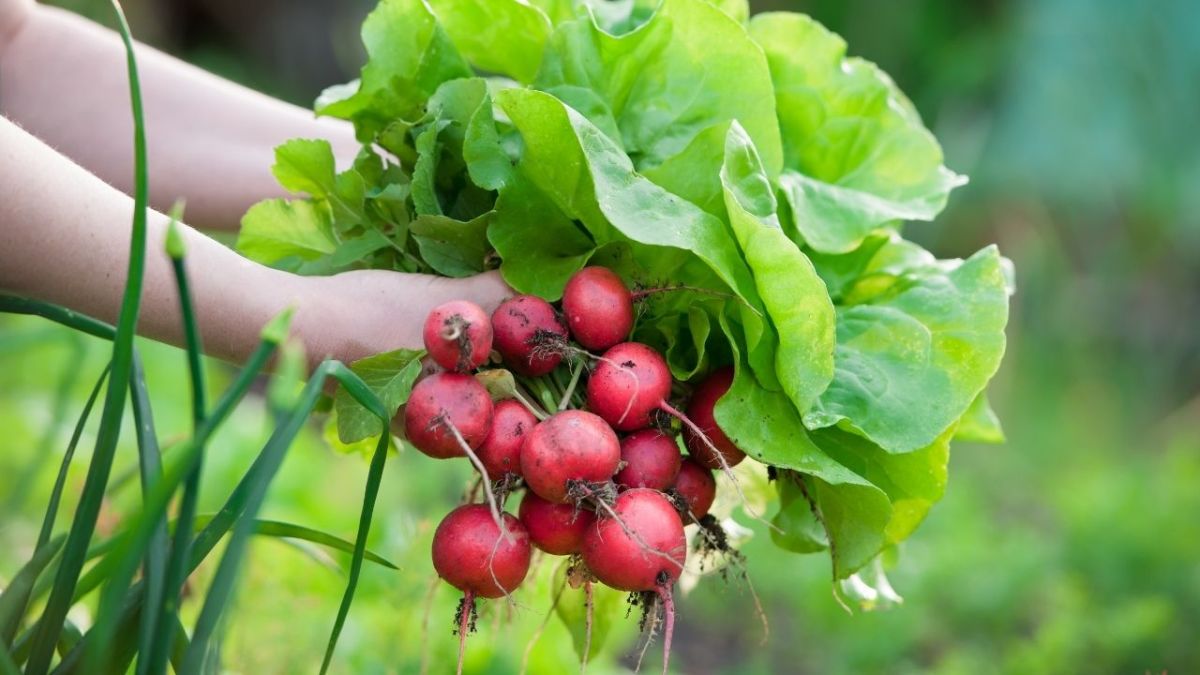
16 fast growing vegetable plants to grow in a crisis (emergency food from the garden)
👉 The key facts from this guide
- Discover 16 fast-growing vegetable plants for crisis preparedness that you can also grow at home.
- Radishes hold the record for the fastest-growing vegetable and can also be grown in flower boxes.
- Lettuce, arugula, spinach, and beets are other fast-growing vegetables that you can grow in your garden or on your balcony.
- Peas, bush beans, kohlrabi, and zucchini are high-yielding plants that provide valuable nutrients in a crisis.
- Spring onions, rhubarb, and chard are low-maintenance vegetable plants that can be harvested quickly.
- Microgreens are an alternative for quick nutrient supply and can be grown on the windowsill or in a sprouting jar.
You know how unpredictable life can be occasionally.
Before you know it, you find yourself in a crisis and the supermarkets are empty. Your stomach growls and the uncertainty rises.
You feel helpless and wonder how you can get food now.
It's getting tight, and you can feel how important food is. Every day counts.
I have something for you, though.
Imagine having vegetables in your garden or even on your balcony that grow quickly.
Yes, I mean really, fast-growing vegetables. So fast that you won't go hungry in a crisis.
Today I'm going to show you 16 vegetable plants that are so quick that they can save your life in an emergency.
And the best part: You don't need a huge self-sufficient garden for that. So don't worry, it's easier than you think!
Under a Month, the Radish
If you ask me, "Which vegetables grow quickly?" - Then here is the answer:
Radishes go well everywhere.
Your growth period from sowing to harvest is only 25 days.
It is the absolute record holder among fast-growing vegetable varieties. Alternatively, you can easily sow the radish at home in a flower box instead of in the garden.

When we think of radishes, we primarily think of the red, yellow, or white fruit bodies. Did you know that the leaves of the radish are also a valuable vegetable?
You can harvest them after just a few days, as the formation of the fruiting bodies takes the longest. So it is also advisable to sow radishes densely in boxes.
Then you have leafy vegetables that taste like radishes, but you don't have to wait for them to ripen.
In salad or in quark, the leaves add a perfect, spicy component.
The nutrient content in the leaves is even higher than in the mature radish.
So there is no reason why you shouldn't use both.
Picking Salads Made Easy
Lettuce heads take about 45 days to mature before you can harvest them. You can shorten the maturation process by simply picking the lettuce earlier.
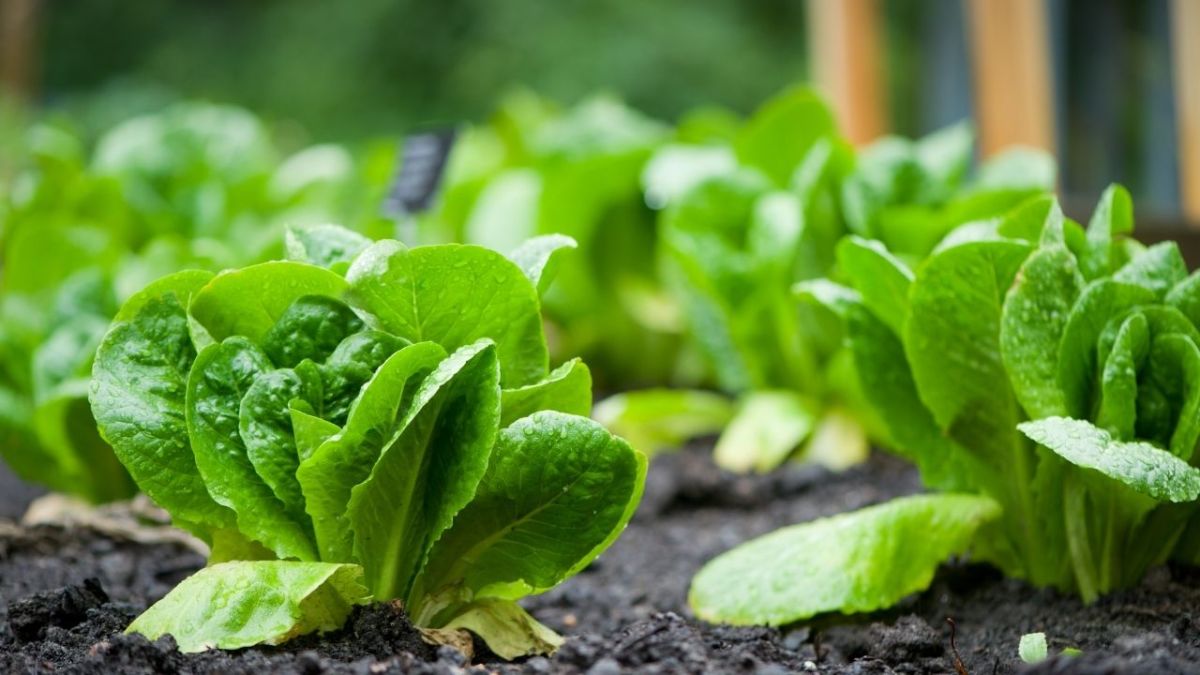
If you don't harvest the plant completely, but always leave some leaves, it will replace the missing leaves over and over again. This works with all types of lettuce and ensures a great harvest for months.
Alternatively, you can also trim the leaves. In this case, however, you should note that you cut about 3 centimeters above the ground. This will encourage the plant to form new leaves, and you will enjoy them for much longer.
Picking salads are also super easy in flower boxes or even more space-saving, in hanging plant bags. These are available relatively cheaply in stores or as instructions for building them yourself. If you decorate a wall with them, you have space in the flower box for other vegetables.
Here is a video on how to create a vertical bed for herbs using plastic bottles.
Arugula or Rocket
If you're looking for a fast-growing edible plant, then go for arugula - or rocket.
This is one and the same plant.
For a long time, it was missing from our menu and then the trend from Italy came back to us.
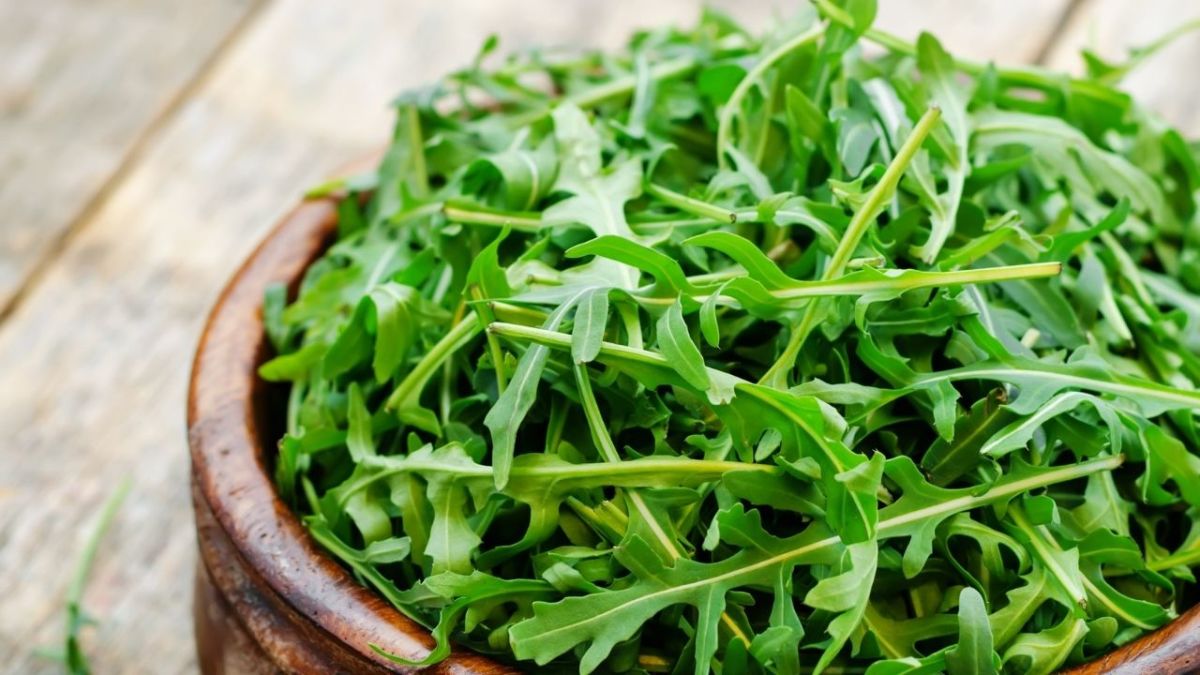
Arugula is rich in mustard oils and therefore an extremely useful plant. Mustard oils are said to have a preventive effect against cancer.
It thrives wherever there is enough sun. However, it is recommended to start growing it in a flower pot from April onwards. Arugula prefers it a bit warmer.
From May onwards, it can be easily planted outdoors and with regular pruning, new leaves will continue to form.
Even with arugula, you can harvest the first leaves after a few weeks. Together with the radish leaves, you already have two more ingredients for a salad.
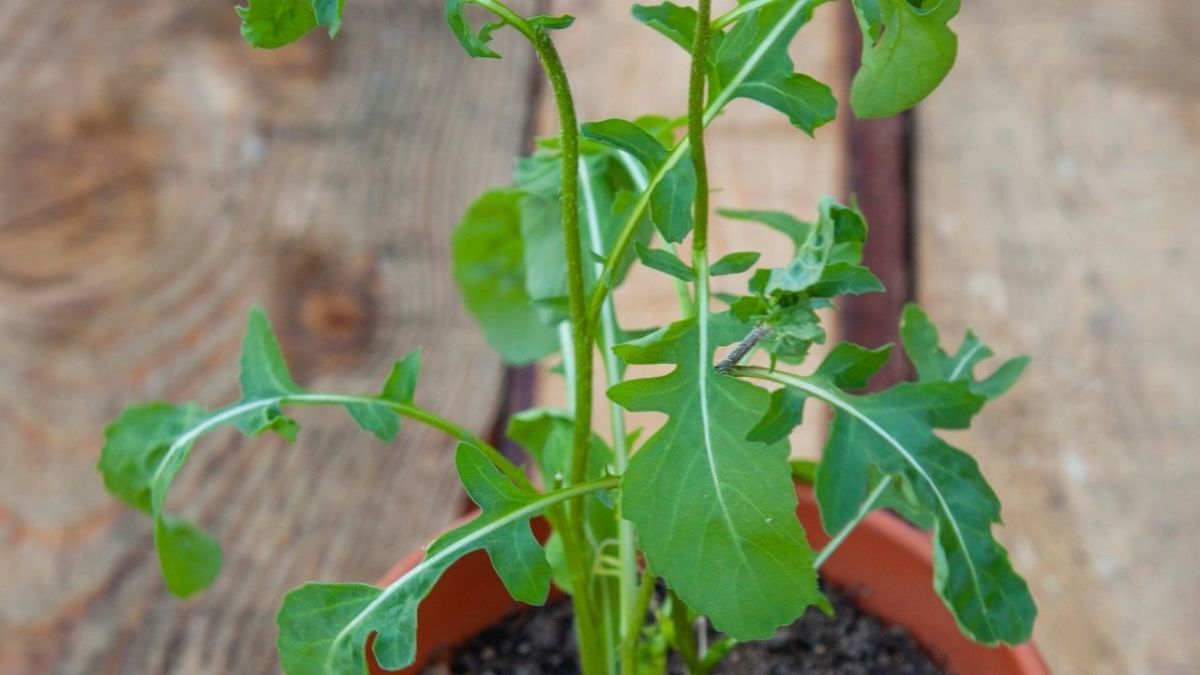
Arugula can also stay in a flower pot. It doesn't mind as long as it gets a spot in the sun. Regular watering, however, must be ensured.
The taste of arugula is slightly spicier than regular lettuce and has a mild heat. Italians love it, and you will be thrilled as well. Arugula is packed with healthy stuff like beta-carotene, folic acid, vitamin C, potassium, and calcium.
Spinach - Extremely versatile
It takes about 50 days for spinach to mature. Time that you rarely have in a crisis.
Therefore, you can reduce the harvesting time for spinach by up to half if you harvest it as baby spinach. The young leaves are more tender and can be used in various ways.
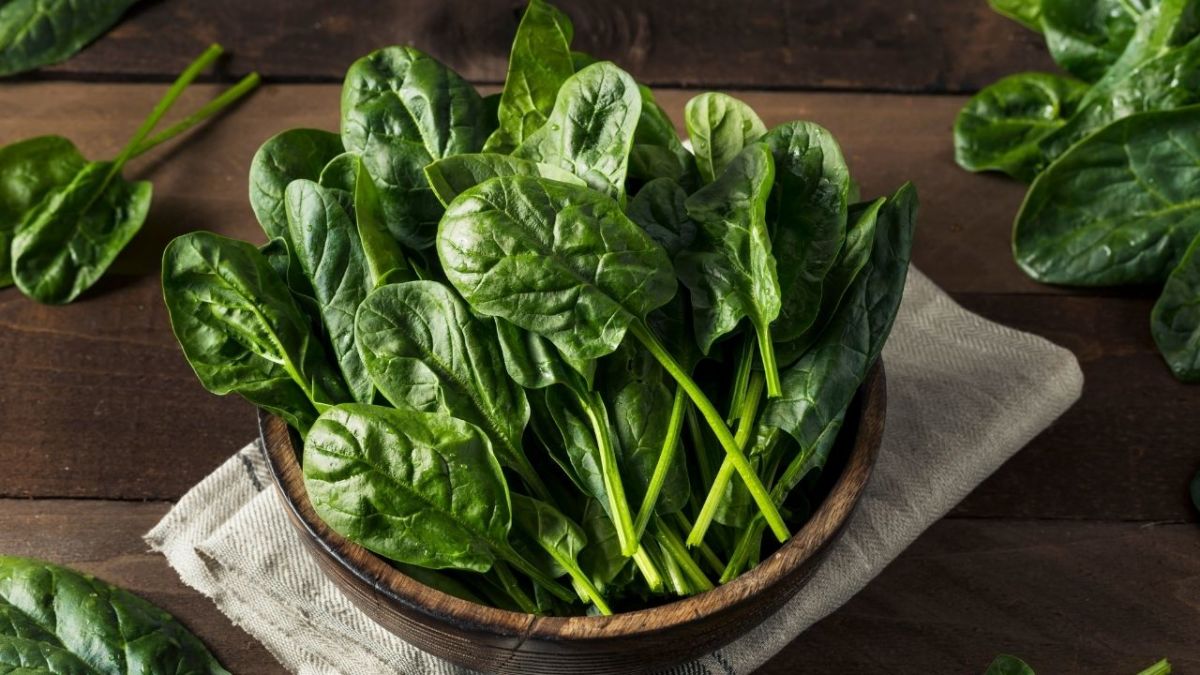
As a bread topping, in smoothies, as a soup or chopped, as a refinement for salads or with eggs, baby spinach is a real alternative to mature spinach plants.
You should start sowing in April or September. Spinach can handle lower temperatures well and is even capable of producing new leaves into winter.
But be careful with spinach, as it should not go to seed. Once it does, the harvest is over. As long as you keep trimming it, you can harvest it throughout the year.
Canned in a jar, spinach can be stored for months, allowing you to bridge the gap for a while.
May is turnip time
May turnips are among the first vegetables of the season, grow quickly, and are relatively resilient. After 45 days, you can already harvest the first ones if you sowed them in March.
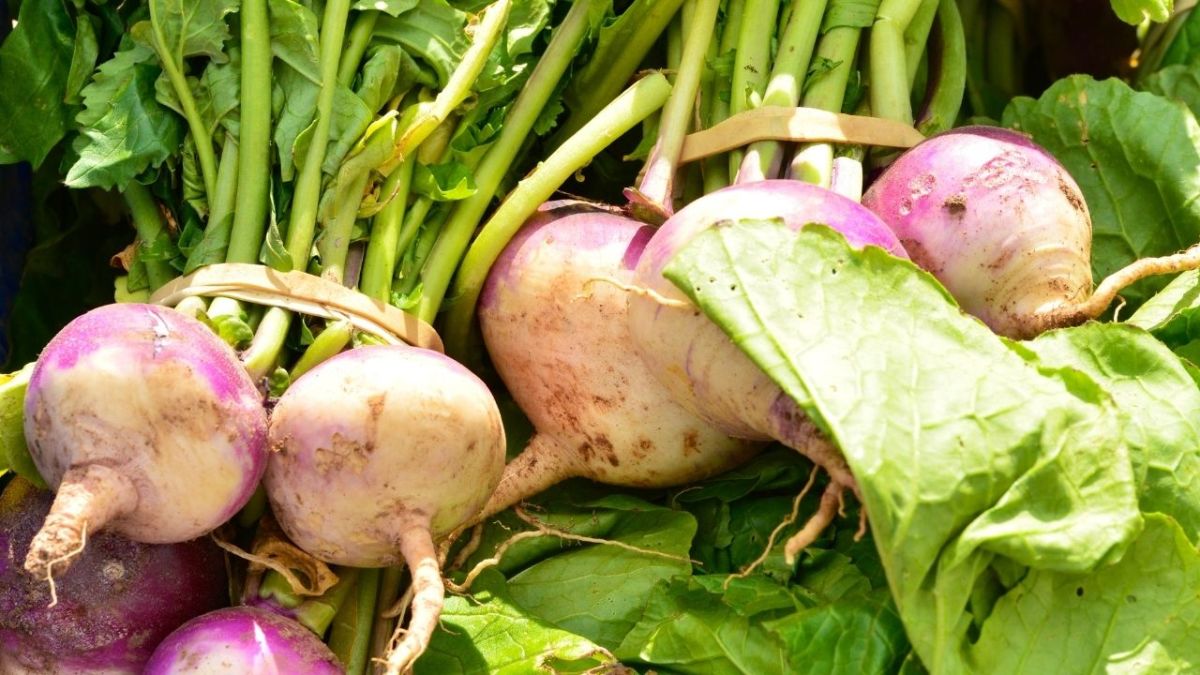
Turnips may not be everyone's cup of tea, but they are versatile and most people don't really know all the things you can make from them, so they deserve their place on the list of fast-growing varieties of crisis.
Contrary to its name, you can sow them repeatedly until June and harvest them until September. The turnips are also known for their healthy ingredients and their content of carotene, potassium, vitamin C and B, zinc, iron, folic acid, and fiber.
The May turnip is great in soups, steamed and sautéed in butter, with ginger and spices it makes a super delicious side dish, and you can also make use of its leaves.
You can even make a May turnip casserole. It's worth trying this little miracle. Due to their mild flavor, they fit exceptionally well into many dishes.
Beetroot
With the so rapidly growing beetroot, many people shake their heads. Admittedly, it doesn't necessarily suit my taste either. Too earthy, too dominant in flavor.
Nevertheless, it is worth growing the red, yellow, and white balls. They grow quickly and have a distinct advantage over other vegetable varieties. The taste varies from color to color, and you don't have to let them ripen.
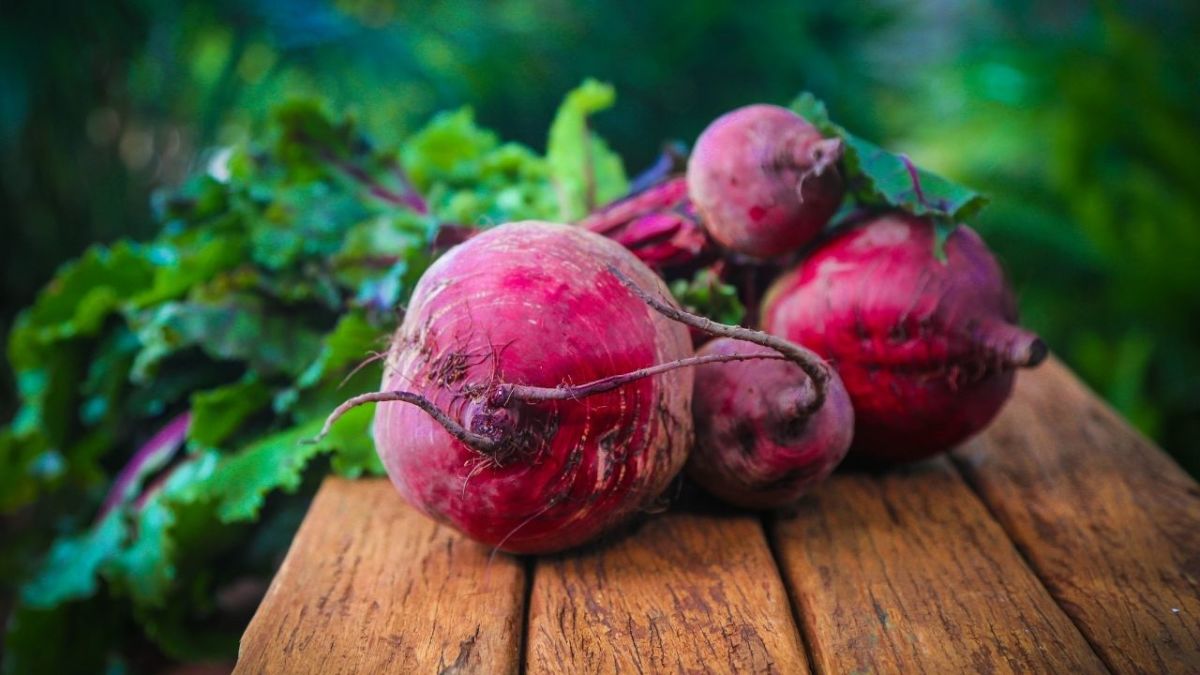
Leafy vegetables are also an alternative to the fruiting body when it comes to beets. Simply sow them in dense rows and harvest the leaves.
Beet leaves are less earthy and taste more like cabbage. Therefore, you can use them in soups and salads.
The amount of iron that beets, especially red beets, are notorious for is already present in the plant before it forms fruiting bodies. Additionally, you only have to wait half the time, instead of 55 days, before you can harvest.
For crisis situations, the Bete is perfectly suited!
Rapunzel/ Corn Salad
What is worth growing in the garden? Of course, lamb's lettuce.
Unlike in fairy tales, there are no magical elements involved in growing lamb's lettuce, but you also don't have to give your child to an evil witch to harvest it.
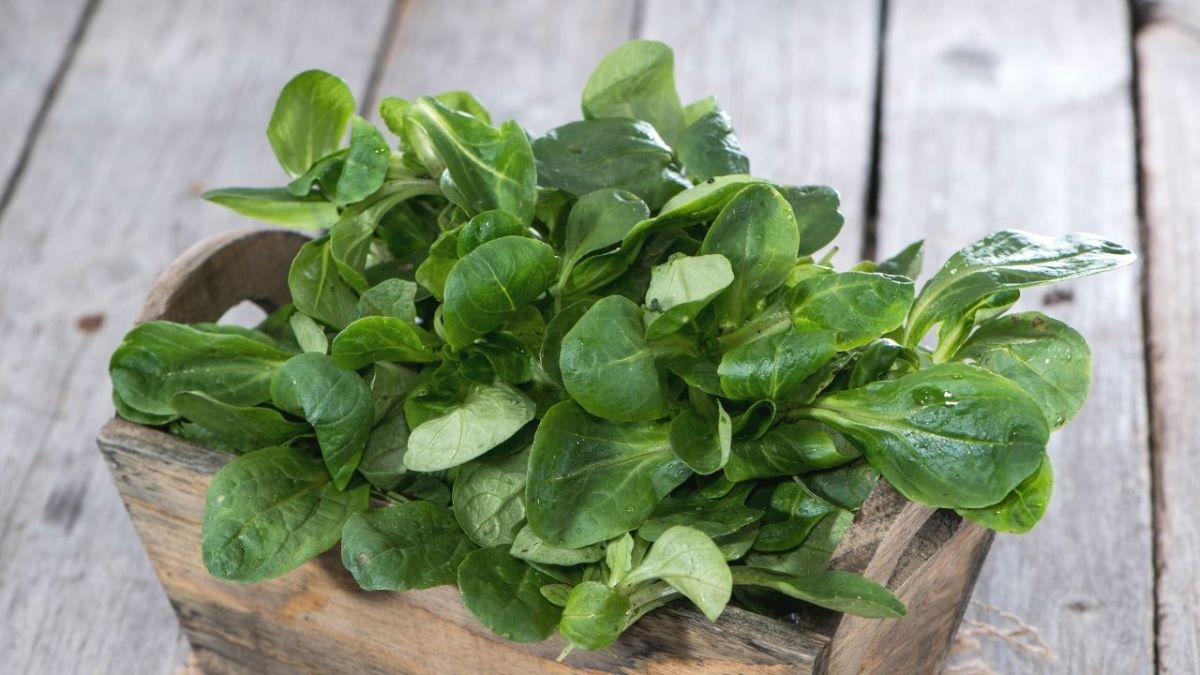
Lamb's lettuce is very easy to care for. It is sown, harvested, and eaten. Like spinach, it has no demands and will continue to grow, provided you regularly cut it back.
Such plants are particularly suitable when you need to save space to grow as many plants as possible. One square meter is sufficient to provide for you as an individual.
Due to its content of vitamins and nutrients, it is among the top ten in crisis preparedness.
Who knows, maybe it even accelerates hair growth? Since it contains folic acid, pro vitamin A, and vitamin C, as well as a high content of protein and fiber, it wouldn't surprise me at least.
Peas are mandatory
Even though 65 days may sound like a long time at first, consider the following: the entire above-ground plant is edible and tastes about the same. So if you sow them, you have the choice of whether to wait until the pods are fully grown, whether you want to eat them tender and small, or whether you prefer only the herb.
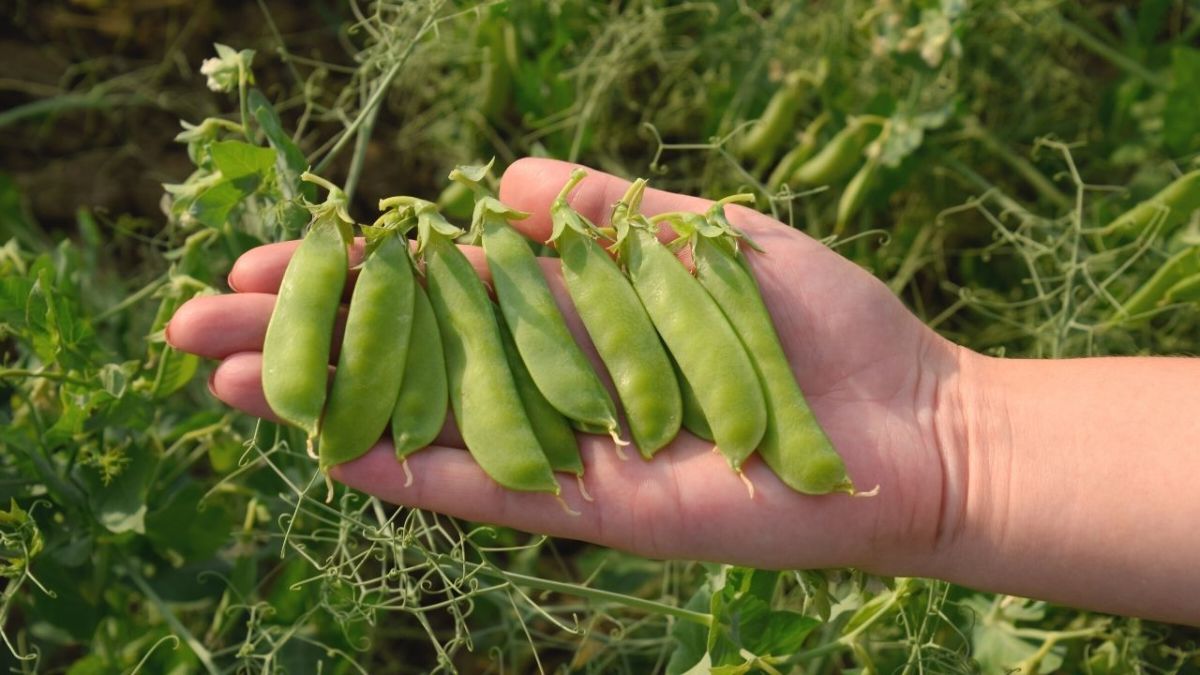
Everything on the pea plant is edible. The flowers, for example, look great in salads. The young stems provide a delicate vegetable, and the leaves can be combined with the ingredients mentioned above to create a complete meal.
Peas that are meant to ripen until the end need to climb. This works perfectly in the garden as well as on the balcony. Simply provide them with a climbing frame. With a few willow branches and twine, you can easily assemble this climbing aid yourself in just a few minutes.
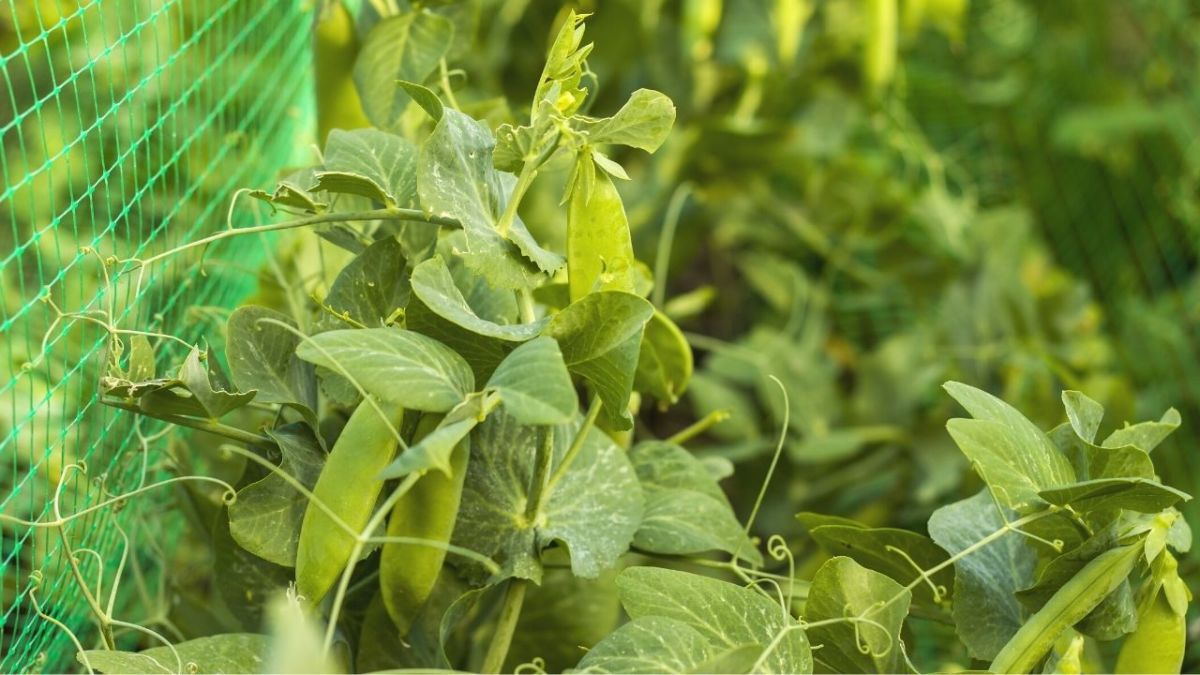
A second option is to use crisscrossed strings or a vertically stretched net on a wall. Whether on a balcony or in a garden, you can't go wrong with peas, and from May onwards, they can be planted outdoors.
Green Beans
When the Ice Saints are over, bush beans can also be sown outdoors as a fast-growing vegetable. They take about 60 days from sowing to harvest in open field cultivation.
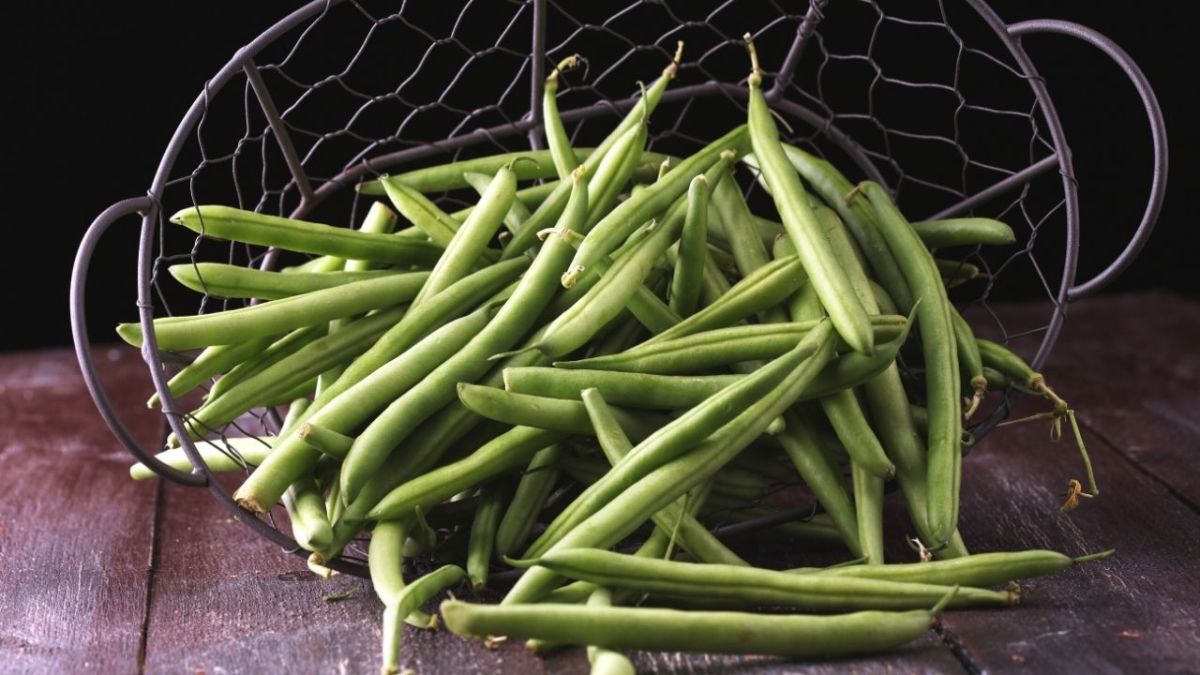
If you prefer to grow plants on the windowsill, you will accelerate the process a bit.
Green beans need to be harvested regularly. Please don't take too long to harvest. The faster you harvest, the faster the bean will produce new flowers.
And let's be realistic, beans taste much better when they're young than when they're fully grown. Because then they quickly become woody and are accordingly difficult to chew.
If you regularly harvest the young beans, the plant will reward you with new flowers and fruits.
Thus, the bush bean may not be the fastest, but it is one of the most productive plants as hanging vegetable plants.
You can use beans individually as vegetables, in stews, in casseroles, or as bean salad. They can be easily preserved by canning or freezing, ensuring a supply for you.
Kohlrabi
With kohlrabi, it goes faster if you use ready-made young plants. Then they only need 6 weeks instead of the usual 8 weeks until harvest, and you can process them more quickly. Pre-cultivating on the windowsill is also an option.
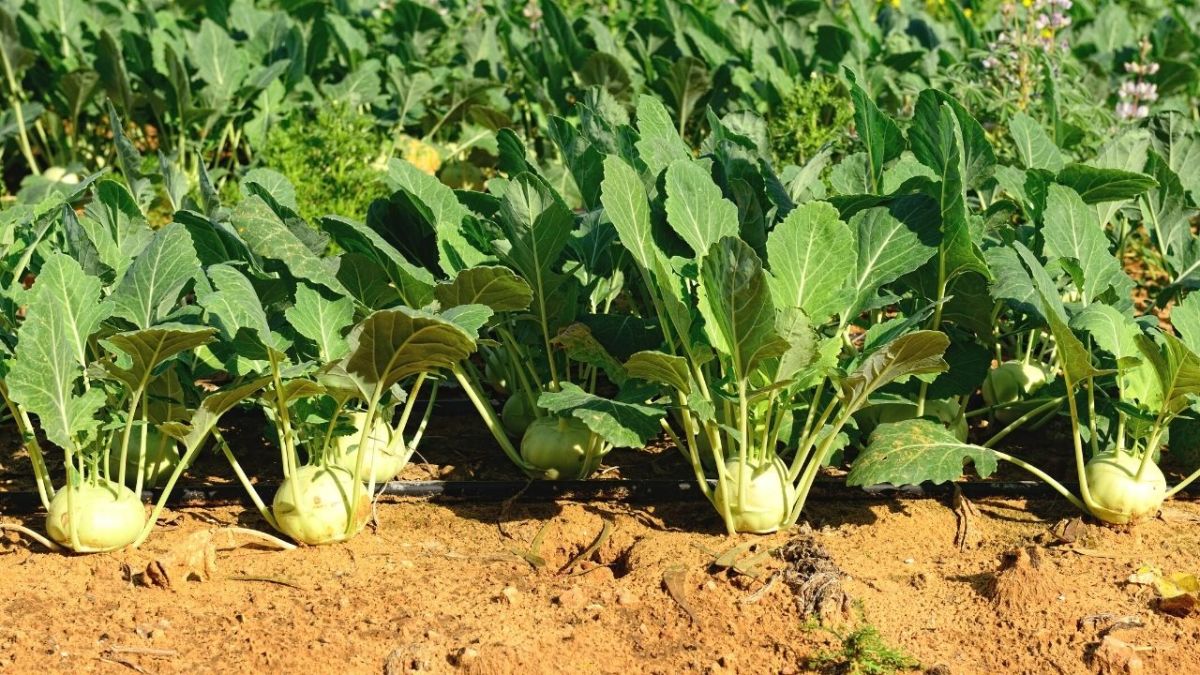
Kohlrabis taste best when they are tender, so don't wait too long to harvest them. Quality is more important than quantity here. Unfortunately, Turnips/Kohlrabis tend to become woody quickly.
Then they not only lose their taste, but also become difficult to chew due to the fibers. It is therefore better to harvest many small kohlrabies instead of three large ones that will end up causing muscle soreness in your jaw muscles.
Kohlrabi are suitable for everything you can do with vegetables. They can be processed into stews (Here are my 9 best stew recipes)s and are even suitable for frying and baking.
Snack Cucumbers
Cucumbers take about 60 days to mature before you can harvest them. If you provide them with enough space and support to climb, they prove to be grateful and highly productive.
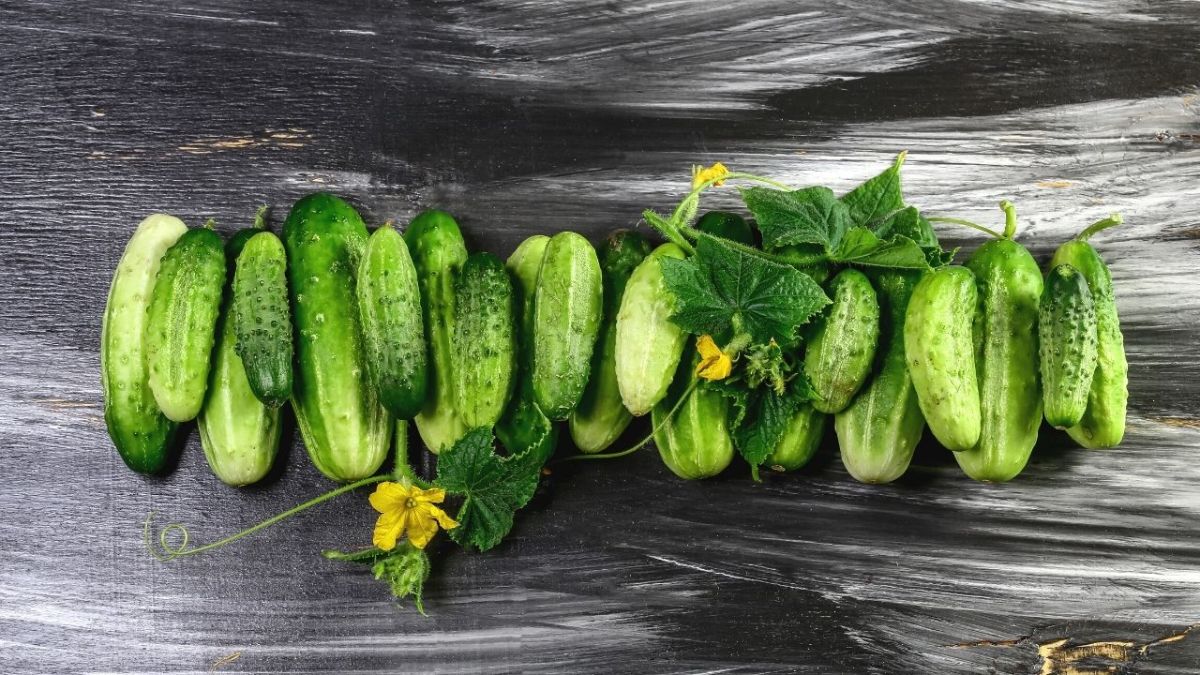
After a mild spring, it can happen that the cucumber plant produces more flowers than you are ultimately willing to eat cucumbers.
Under ideal conditions, you can harvest cucumbers from late May to late September, repeatedly. Snack cucumbers grow faster than the large salad cucumbers and yield more produce.
So it is advisable to know beforehand what you want to do with it.
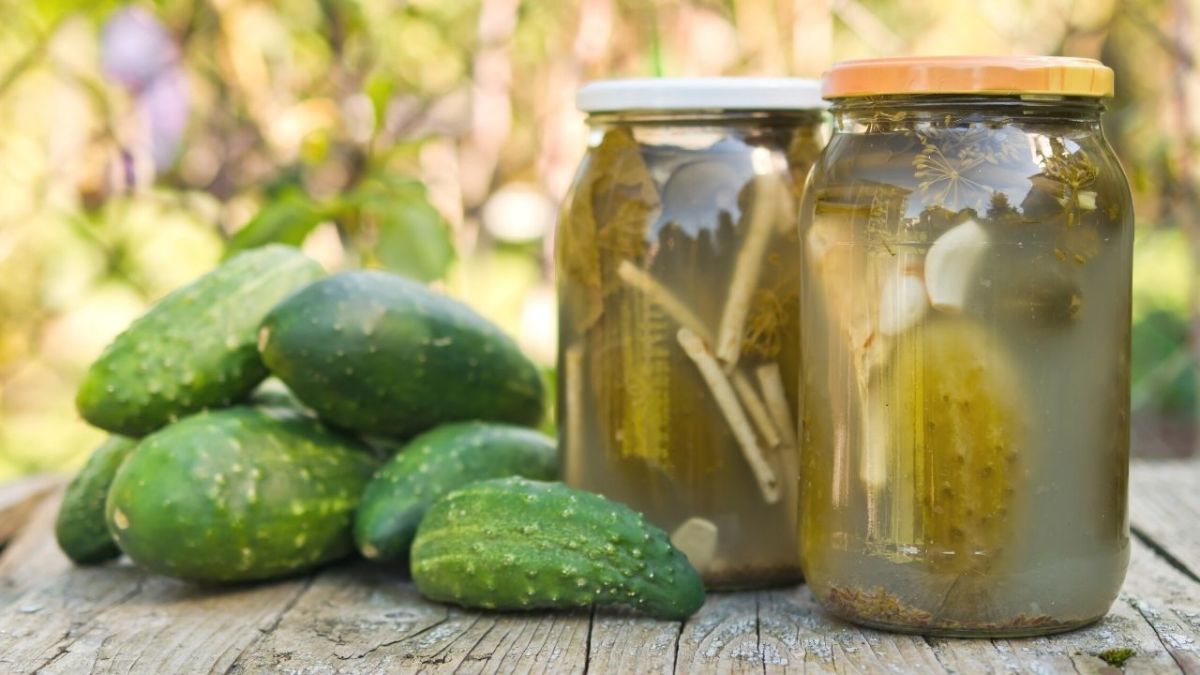
If you're already familiar with fermenting vegetables, then why not try the following recipe.
- Halve snack cucumbers and let them sit in a bowl covered with about 50 g of salt for about 2 hours.
- Meanwhile, peel a bulb of garlic and score the cloves.
- Chop dill and onions and fill them into a clean preserving jar.
- After the 2 hours, the cucumbers have soaked in the salt.
- Now you fill the jar with cucumbers and garlic and cover it with the liquid that has formed, leaving about 3 cm below the rim.
Please make sure to follow these instructions. There is a lot going on under the lid and the lactic acid bacteria that are formed through fermentation create pressure and need space.
Otherwise, the gases will take the path of least resistance and the lid will become loose. Seal the jar tightly and place it in a warm, dark place. The pickles will be ready after about a month and will remain preserved for a long time when sealed.
Chard
This plant is a real wimp. It doesn't like the cold at all and should therefore only be planted outdoors after the Ice Saints. Of course, you can also start it on the windowsill or in the greenhouse.
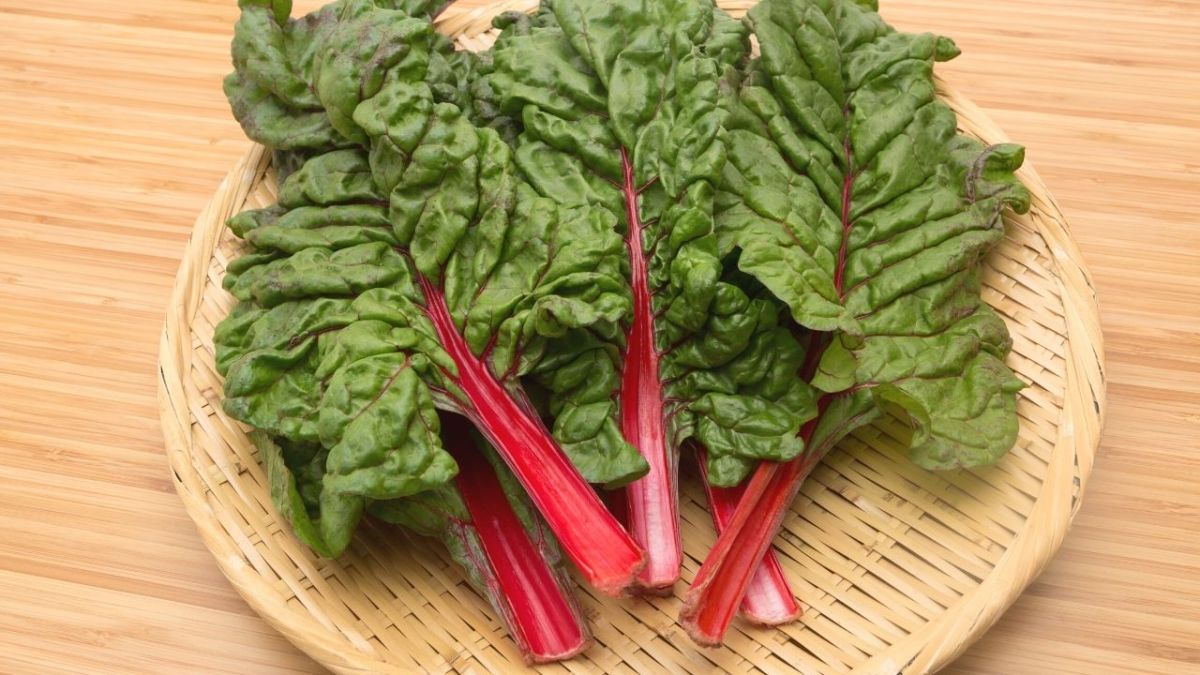
However, make sure that the chard does not get direct drafts in this case. This plant starts to act up and goes into flowering when the air is too cool.
However, since we want to harvest the leaves and stems, we have to follow the plant's rules. By mid-May, the worst risk should be over, and the chard can grow without any further problems. Since it comes in different colors, it will be colorful on the plate.
You can process and steam the stems like asparagus, add them chopped to soup, or eat them raw in salad.
The leaves can be processed further like spinach. Chard leaves can also be used to wrap fish or meat similar to cabbage leaves. Chard also produces plenty of new leaves if you prune it regularly.
Zucchini
The most beautiful flowers among the turbo vegetables are zucchini. These pumpkin plants require a slightly longer lead time of approximately 70 days. Here too, you can save a lot of time by pre-cultivating.

Once they are in bloom and form their first fruiting bodies, you can watch them grow. Zucchini grow at night, so don't be surprised if a 3 cm tiny one has doubled in size after 48 hours.
Zucchini are also productive. Depending on the variety, you can harvest some very large fruit bodies. Separately, the zucchini also produces male flowers. These don't give you any vegetables, but you can turn them into a special snack.
Zucchini flowers are quite large and can be transformed into a delicacy. It is completely up to you whether you sprinkle them with cinnamon and sugar, caramelize them, or season them with savory spices, coat them in egg and flour, and then fry them. Your imagination knows no bounds.
You can pickle or ferment zucchini just like cucumbers. You can stuff them or throw them in a pot with other vegetables. The fact that zucchini doesn't have a significant taste of its own makes it very versatile for you.
Spring onions
The ideal time for sowing spring onions is between March and April.
They require little care and can be harvested as early as June.
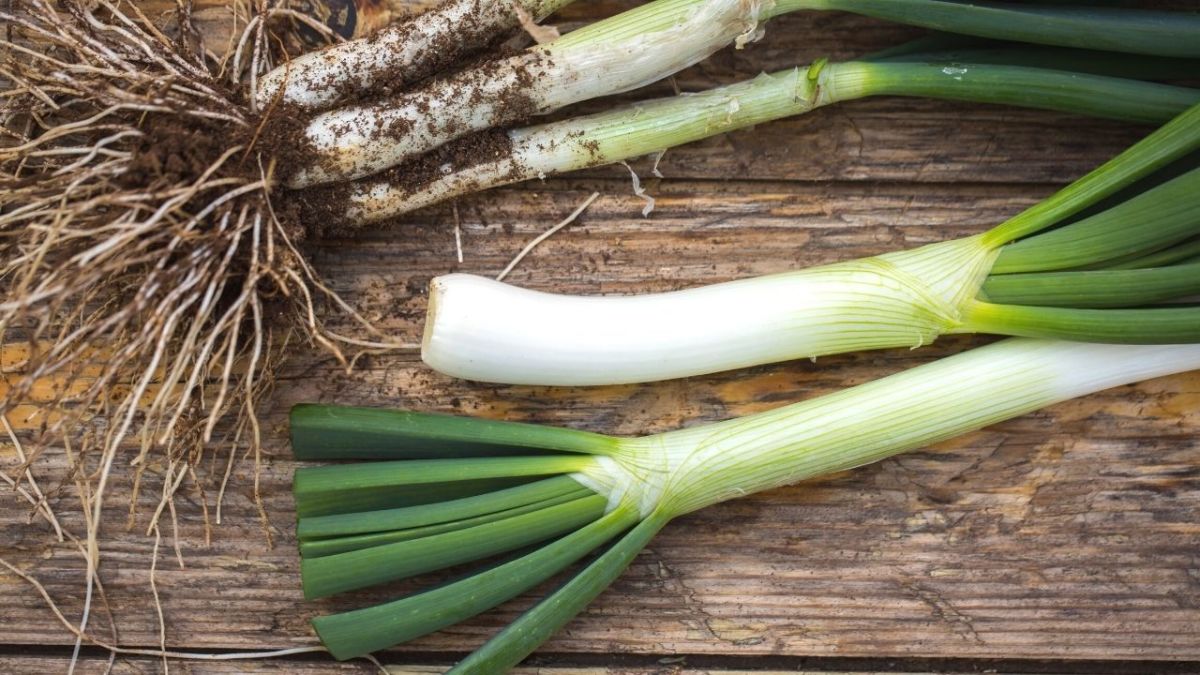
This makes it a vegetable that not only grows quickly, but also has antibiotic properties, making it indispensable.
You can sow spring onions everywhere. They thrive in open ground, on the windowsill, and on the balcony. In the kitchen, they are a versatile ingredient that adds flavor to your food.
In addition, you can also pickle them to preserve them for a longer period of time. The usable parts are the leaves and the onions themselves.
Rhubarb
If you already have this plant in your garden, everything is fine. Freshly planted, rhubarb is not yet useful for anything.
In the first year, the plant should be left completely undisturbed so that it can acclimate to the new conditions. From the second year onwards, everything happens quite quickly. The rhubarb sprouts very early in spring and rewards with a harvest that lasts until June.
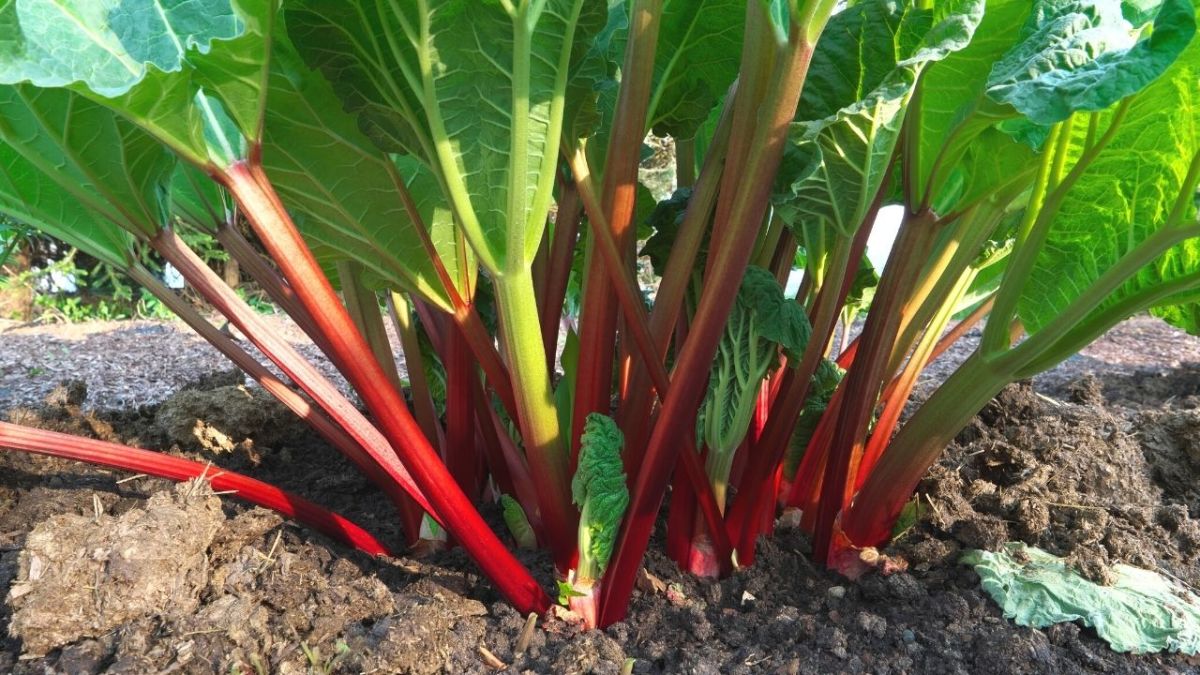
Once the plant has acclimated to the conditions, it quickly produces new stems.
Rhubarb should only be eaten raw in small quantities. It contains oxalic acid, which can negatively impact the stomach in large amounts.
However, the plant also contains potassium, iron, and calcium as well as vitamin C.
Previously, rhubarb was still used as a medicinal plant, but this was most likely discontinued due to its high acid content.
Since there are different varieties here, and red always tastes milder than green, you can decide according to your taste. My recommendation is the strawberry rhubarb.
There is also autumn rhubarb, which, as the name suggests, only sprouts later and thus provides fresh stalks until September.
Micro-Greens - the Alternative
The supply of minerals and vitamins is crucial during a crisis, in addition to nutrition.
A deficiency of it can quickly turn into an illness, which can be life-threatening in such a situation.
A solution that has been applied in Asia for centuries provides relief here.
Sprouts and very young plants, known as microgreens, already have all the nutrients necessary for the adult plant to thrive.
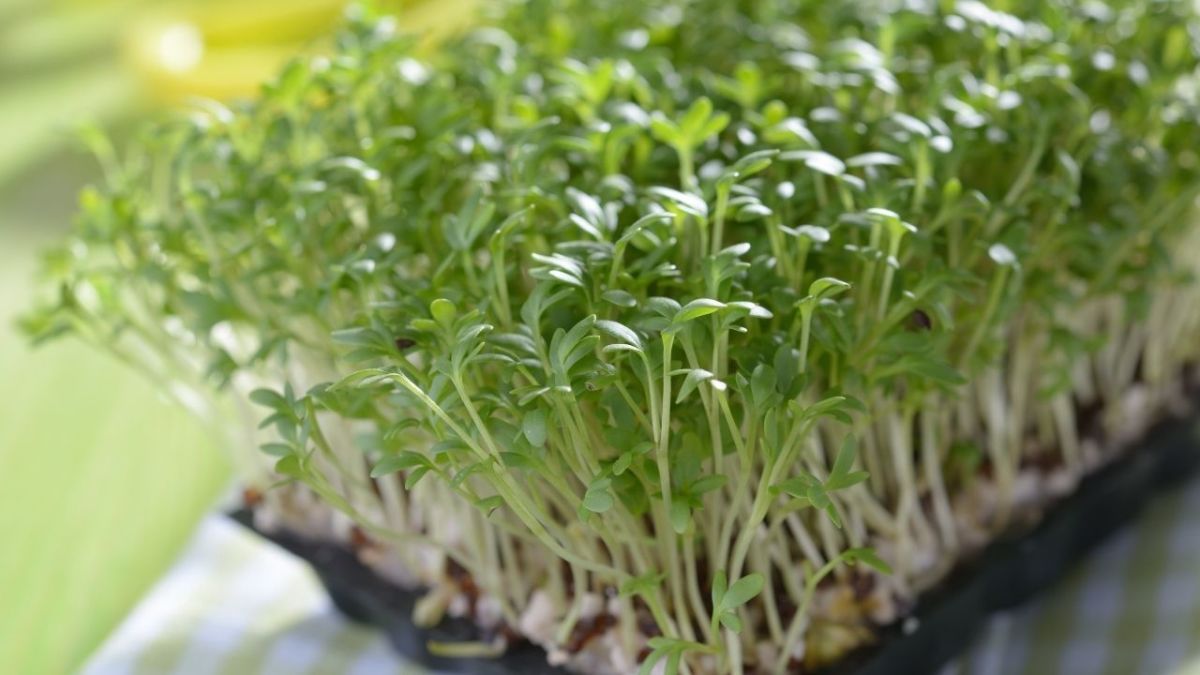
Different types of vegetables such as broccoli, spinach, cauliflower, carrots, and many more can become important sources of nutrients even without a long growth period.
On the windowsill, sprouts only need a few days to reach their full potential, so they can be harvested and re-sown again and again. When gardening in a way that allows vegetable plants to produce seeds, these can also be collected by oneself.
Otherwise, a packet of seeds doesn't cost the world when you get enough vitamin power for it.
Flaxseeds and hemp seeds also work great as microgreens.
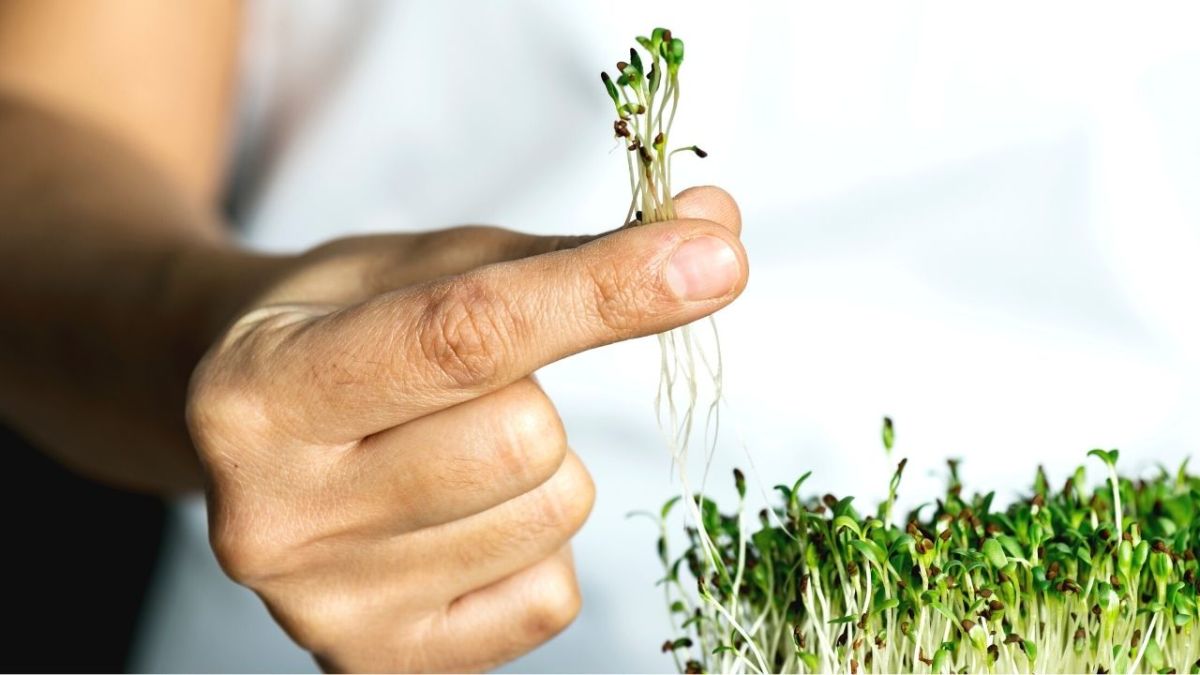
How you get microgreens depends on how much effort you want to put in. Whether you grow them on the windowsill or in a sprouting jar, both work great. The latter has the advantage that you can grow larger quantities at once. On the windowsill, all varieties that you would also pre-cultivate for the garden are suitable. This primarily includes all types of cabbage.
With nightshade plants, please stay away from them. However, you can easily grow pea and bean sprouts.
You can use microgreens in various ways. Whether in a smoothie, on a sandwich, in yogurt, or on top of a salad, there are no limits to your imagination.
P. S. Most wild herbs have multiple times more micronutrients (vitamins) than cultivated plants. Read "A guide to micronutrients and how wild herbs ensure your survival in an emergency".
Conclusion
With the 16 types of vegetables I have introduced to you, you now have more than just an alternative.
In addition, your self-grown vegetables have the advantage that you know what is on them and what is not. You can rely on natural pest control by informing yourself about good plant neighbors.
Onions, for example, keep many pests away from cabbage and turnips. Many plants are so-called weak feeders, like radishes. They are suitable as neighbors for plants that have a higher need for nutrients and thus do not interfere with them.
Humus soil and compost, green manure, as well as horse manure incorporated in the fall or early spring, will save you from using chemical pesticides.
Also proven effective is a manure made from nettles for fertilization and pest control. Due to the nitrogen in the manure, plant and root lice immediately flee, and your soil receives nutrients. Admittedly, the smell is a bit unusual, but it dissipates after some time.
If you follow these tips, you will have healthy and highly productive vegetables in your harvest, without pesticides and other pollutants.
Meaningful, thoughtful gardening and using the right gardening equipment will yield more harvest in the end and make the growing season less stressful.


Author of the guide
Martin Gebhardt
Hey, I'm Martin. On my blog, you will learn the basics and numerous details about living in the wild. I think survival, bushcraft and the good life in nature are the keys to happiness. Find me here on Instagram or on YouTube. You can find more about my mission on the About Me page.
Was this guide helpful?
19 people found this guide helpful.
5.00 out of 5 points (19 Ratings)
Comments (0)
This post may contain affiliate links. So if you click on the links and make a purchase, I will receive a small commission at no additional cost to you. Click here, to learn more about it.


